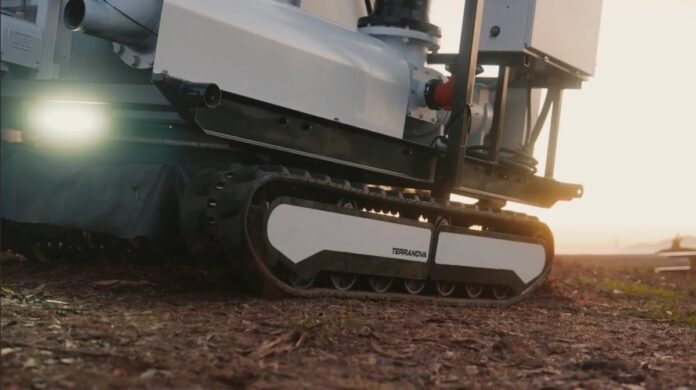As sea levels rise, coastal cities face an alarming threat: inundation. In places like San Rafael, California, sinking land exacerbates the problem, pushing neighborhoods closer to the encroaching water. Traditional solutions, such as massive seawalls, are prohibitively expensive for many cities, leaving them vulnerable and desperate for alternatives. A new startup called Terranova is offering a radical solution: raise the city itself using robots that inject wood waste into the ground.
San Rafael serves as a poignant example. Parts of the city, particularly the Canal District bordering the bay, are sinking about half an inch annually. Over time, this seemingly small shift has resulted in areas three feet lower than they were historically, significantly increasing their flood risk from rising seas. This isn’t unique to San Rafael; coastal cities worldwide face similar challenges, with projections estimating 300 million people at risk of routine flooding by 2050. The financial burden of seawalls alone could reach $400 billion in the United States.
Terranova envisions a more cost-effective approach: lifting land instead of building barriers. Their robots inject a specialized mixture of wood waste and other undisclosed materials into the ground, gradually elevating the terrain. This “terraforming” technique promises to address historical subsidence (the sinking) while mitigating future flood risks from sea-level rise.
Laurence Allen, Terranova’s co-founder and CEO, emphasizes the financial disparity faced by cities like San Rafael. He highlights that traditional seawall solutions are simply out of reach for communities grappling with poverty and limited resources. Terranova’s proposed solution in San Rafael carries a significantly lower price tag: $92 million to raise 240 acres four feet, compared to the potentially exorbitant costs of seawalls.
The company has recently secured $7 million in seed funding led by Congruent Ventures and Outlander, valuing Terranova at $25.1 million. This infusion of capital bolsters their ability to scale up operations and bring this technology to more cities facing similar threats.
What sets Terranova apart is its focus on efficiency and affordability. They utilize readily available and inexpensive wood waste as the primary material. A network of tracked robotic units autonomously drills wells and injects the slurry, minimizing labor costs and streamlining the process. This injection method reaches depths of 40 to 60 feet, ensuring substantial elevation gains.
Terranova further distinguishes itself through advanced software that drives both the robot fleet and project planning. Using public geospatial data alongside subsurface information gleaned from existing wells, they develop precise models that guide the robots’ injection patterns. This intricate system allows city planners, contractors, and stakeholders to virtually manipulate the landscape within a SimCity-like interface, optimizing the lifting process before implementation.
Onsite human operators ensure safety during this complex robotic operation, which takes approximately two hours from injection to consolidation of the wood slurry. The company has been rigorously testing its technology at a pilot site for over a year. While some experts express concerns about potential impacts on earthquake activity due to the consolidated wood slurry, Allen counters that traditional solutions like seawalls and dikes carry their own unique risks.
Terranova aims to create revenue by splitting project profits with contractors. The affordability of this method opens up possibilities beyond city elevation projects; it could revitalize disappearing wetlands impacted by subsidence or rising tides. However, given the imminent threat posed by rising waters, cities remain Terranova’s primary focus. Allen, a San Rafael native, underscores his personal commitment to protecting his hometown from inundation: “I really want to save the city.”






































